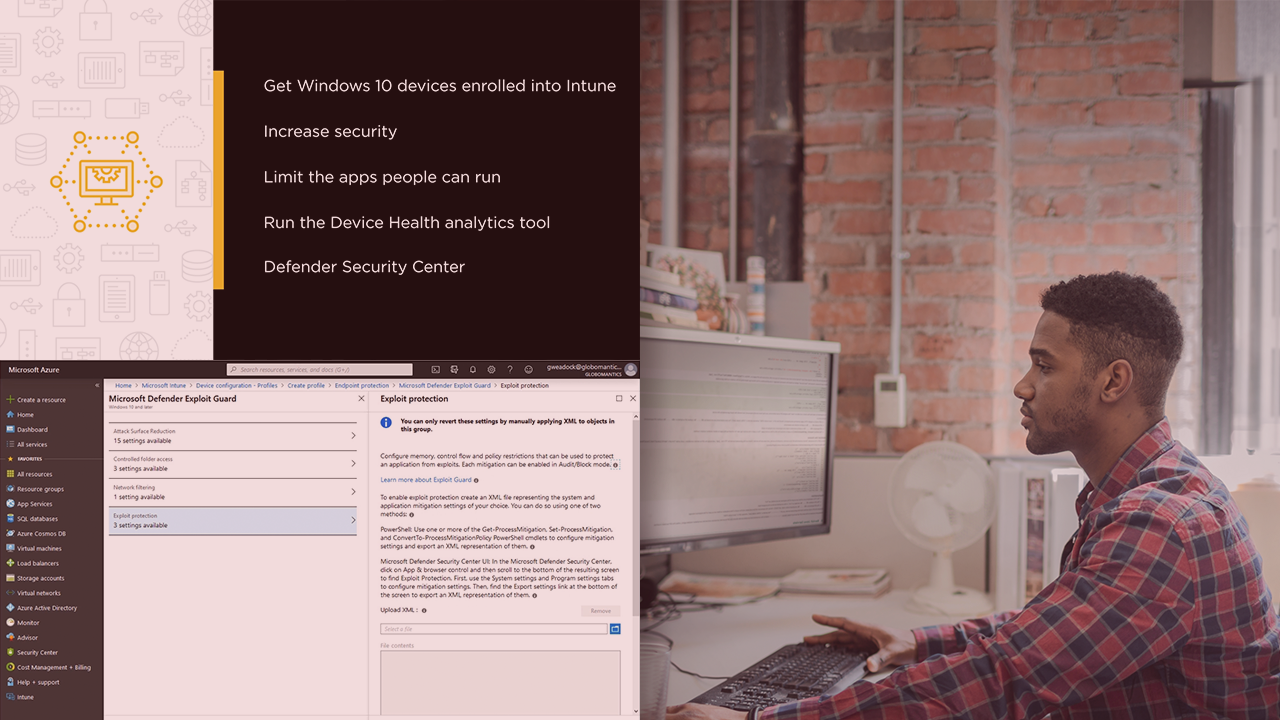- Course
Managing Windows 10/11 Desktops: Managing and Protecting Devices
Managing Windows 10/11 devices today means leveraging cloud-based tools such as Microsoft Intune. Today’s Windows administrator must understand how to enroll, inventory, secure, and monitor Intune clients alongside traditional desktops.

- Course
Managing Windows 10/11 Desktops: Managing and Protecting Devices
Managing Windows 10/11 devices today means leveraging cloud-based tools such as Microsoft Intune. Today’s Windows administrator must understand how to enroll, inventory, secure, and monitor Intune clients alongside traditional desktops.
Get started today
Access this course and other top-rated tech content with one of our business plans.
Try this course for free
Access this course and other top-rated tech content with one of our individual plans.
This course is included in the libraries shown below:
- Core Tech
What you'll learn
Managing Windows devices over time involves enrolling them into a management ecosystem, protecting them from the many possible sources of both intentional and unintentional harm, and monitoring them on an ongoing basis for both security and stability. In this course, Managing Windows 10/11 Desktops: Managing and Protecting Devices, you will gain the ability to enroll, protect, and monitor Windows 10/11 devices with both LAN-based and cloud-based utilities. First, you will learn about all the methods – automatic and manual – for enrolling devices into Microsoft’s MDM solution, Intune. Next, you will discover how to protect those devices with the many security components that Microsoft has branded with the Microsoft Defender label, using settings that can be made locally or through corporate management tools. Finally, you will explore ways to keep tabs on Windows systems by using Azure Monitor, Endpoint Manager Admin Center, Microsoft 365 Defender portal, and Endpoint Analytics. When you are finished with this course, you will have the skills and knowledge to enroll, secure, and monitor Windows 10/11 devices with both on-premises and cloud-based tools. This course aligns with the learning objectives for the MD-101 exam to obtain certification as a Modern Desktop Administrator Associate.

